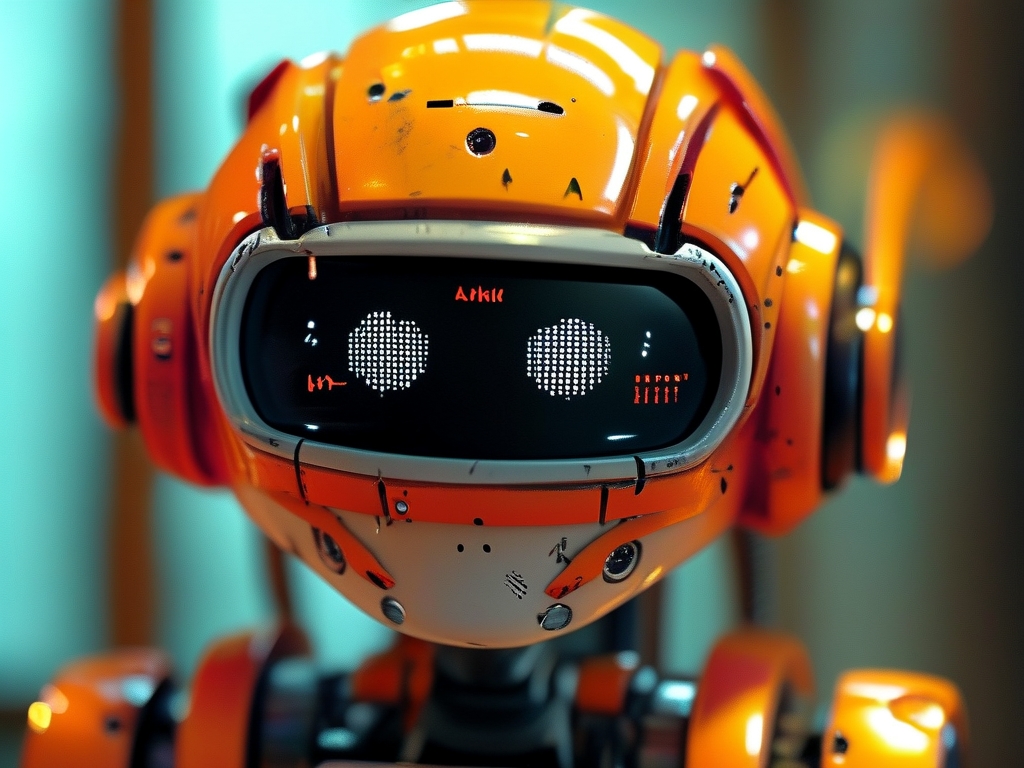In the rapidly advancing field of robotics, the integration of specialized technologies has revolutionized industrial and commercial workflows. Among these innovations, AK Technology Clamping Robots stand out as a groundbreaking solution for precision-based tasks. Combining adaptive kinematics (AK) with advanced clamping mechanisms, these robots are redefining efficiency in manufacturing, logistics, and even healthcare. This article explores the technical foundations, real-world applications, and future potential of AK-powered clamping robots.
Understanding AK Technology
AK Technology, or Adaptive Kinematics, refers to a system of algorithms and hardware that enable robots to dynamically adjust their movement patterns in response to environmental variables. Unlike traditional robotic systems with fixed motion trajectories, AK-equipped robots use real-time sensor data—such as pressure, torque, and spatial orientation—to optimize their actions. This adaptability is particularly critical in clamping operations, where objects may vary in size, shape, or material.
Clamping robots, at their core, are designed to grasp, hold, and manipulate objects. When enhanced with AK Technology, these machines gain the ability to "learn" and refine their gripping strategies. For instance, a clamping robot handling fragile glass panels in a solar panel factory can modulate its grip strength based on surface texture feedback, minimizing breakage risks.
Key Features of AK Clamping Robots
- Dynamic Force Adjustment: AK algorithms analyze pressure sensors to apply the ideal clamping force, preventing damage to delicate items while ensuring a secure hold.
- Multi-Axis Flexibility: These robots often feature 6- or 7-axis articulations, allowing them to access confined spaces or adjust angles mid-task.
- Machine Learning Integration: Over time, AK systems compile data from repeated tasks to predict optimal clamping parameters, reducing setup time for new projects.
- Interoperability: Many AK clamping robots are compatible with IoT platforms, enabling seamless coordination with conveyor belts, quality control systems, and human operators.
Industrial Applications
1. Automotive Manufacturing
In car assembly lines, AK clamping robots excel at installing components like windshields, dashboards, and electrical modules. Their precision ensures airtight seals and perfect alignment, critical for vehicle safety. For example, Tesla’s Gigafactories utilize AK-powered robots to handle battery modules, where even micron-level misalignments could lead to performance issues.

2. Pharmaceuticals and Medical Devices
Sterility and accuracy are paramount in medical manufacturing. AK clamping robots package syringes, assemble surgical tools, and sort pills with zero tolerance for contamination. During the COVID-19 pandemic, such robots were deployed to rapidly scale up production of test kits and vaccine vials, demonstrating their lifesaving potential.
3. E-Commerce Warehousing
Companies like Amazon and Alibaba rely on AK clamping robots to manage millions of daily shipments. These robots identify irregularly shaped parcels, adjust grip configurations, and stack items efficiently. By reducing reliance on manual labor, businesses cut costs and accelerate delivery timelines.
Challenges and Limitations
Despite their advantages, AK clamping robots face hurdles. High initial costs—often exceeding $500,000 per unit—limit accessibility for small enterprises. Maintenance complexity is another concern; AK systems require specialized technicians to calibrate sensors and update algorithms. Additionally, while machine learning improves performance, it introduces cybersecurity risks. Hackers could theoretically manipulate sensor data to disrupt production lines, necessitating robust encryption protocols.

The Future of AK Clamping Robotics
Emerging trends suggest a transformative decade ahead. Researchers are experimenting with biomimetic clamping designs, inspired by gecko feet or octopus tentacles, to enhance versatility. Meanwhile, the integration of quantum computing could exponentially speed up AK decision-making processes.
Another promising frontier is human-robot collaboration. Future AK robots may feature tactile feedback systems, allowing human workers to "guide" them manually for custom tasks. For instance, a technician could physically demonstrate a clamping motion, which the robot would replicate and refine autonomously.
AK Technology Clamping Robots represent a paradigm shift in automation, merging adaptability with brute-force precision. From assembling microchips to sorting recyclables, their applications are virtually limitless. As costs decline and AI capabilities grow, these robots will likely become ubiquitous across industries, bridging the gap between human ingenuity and machine efficiency. However, addressing ethical and security concerns will be essential to ensure their responsible adoption.
In summary, the marriage of AK Technology and clamping robotics is not just an engineering marvel—it’s a cornerstone of the Fourth Industrial Revolution.

